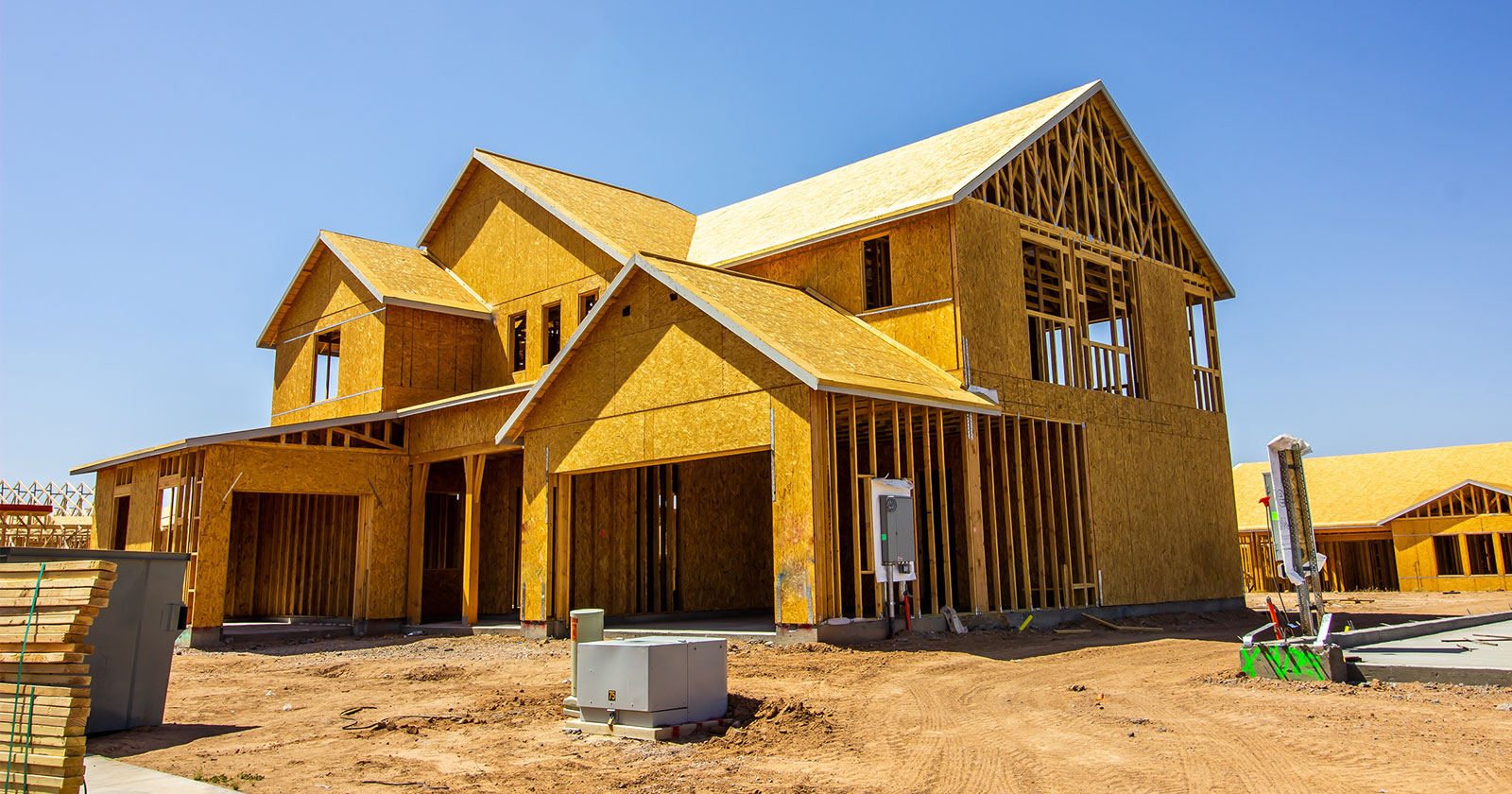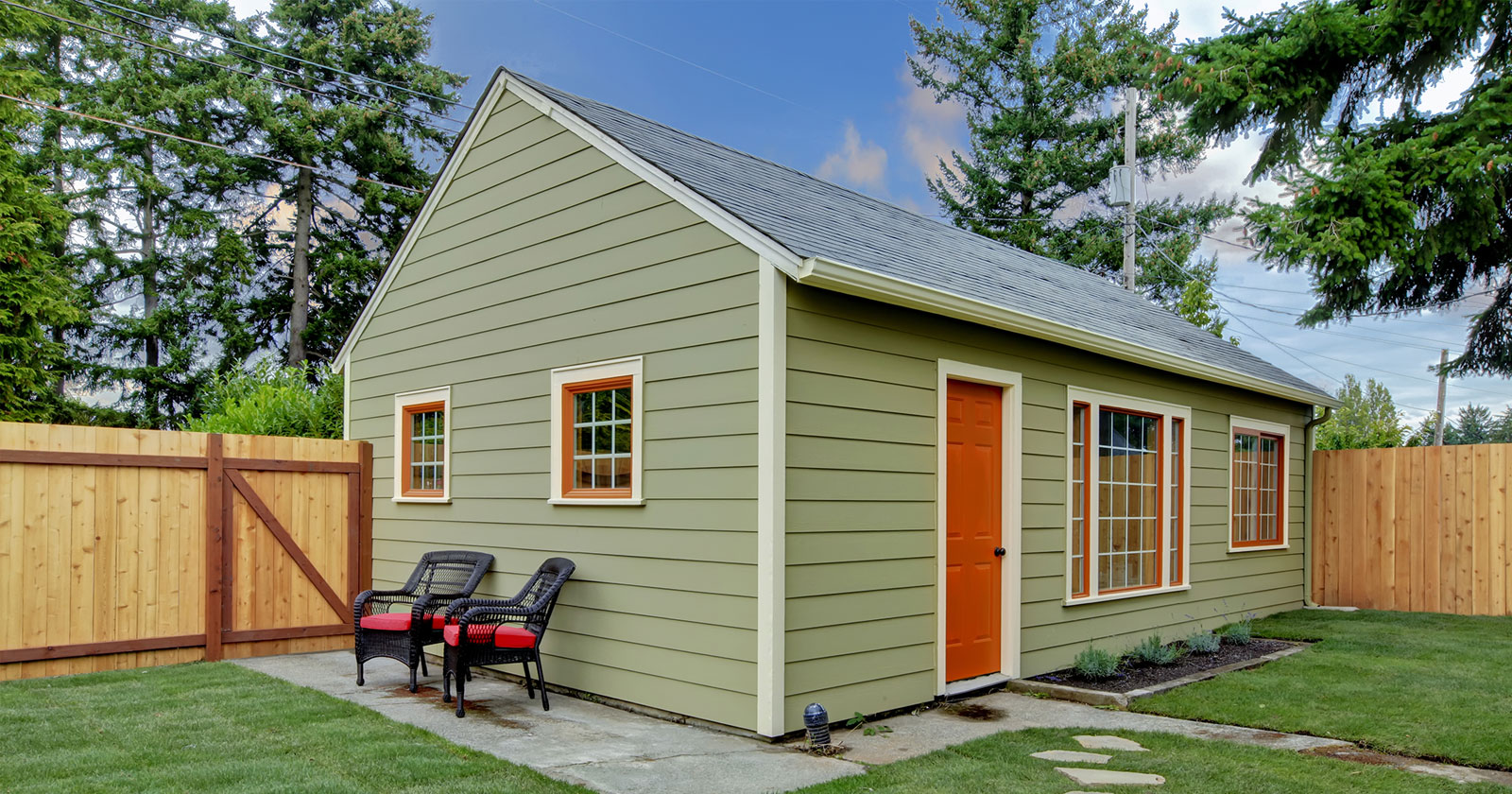With single-family homes accounting for 67% of the homes in the United States–compared to 27% of multifamily rental properties–it’s no wonder real estate investors tend to leverage single-family homes for long-term rental investing. However, when it comes to single-family vs. multifamily investments, investors don’t always consider the differences between the two types of rental units.
This lack of understanding can make it difficult to evaluate how each impacts an investment portfolio, which one performs better over time, and is the right investment property for you. Fortunately, Finance of America Commercial (FACo) is here to help!
In this article, we’ll explain the differences between single-family vs. multifamily investments and break down the pros and cons of each. In doing so, we’ll simplify multifamily vs. single-family long-term investing and help you determine the best investment strategy for you.
This lack of understanding can make it difficult to evaluate how each impacts an investment portfolio, which one performs better over time, and is the right investment property for you. Fortunately, Finance of America Commercial (FACo) is here to help!
In this article, we’ll explain the differences between single-family vs. multifamily investments and break down the pros and cons of each. In doing so, we’ll simplify multifamily vs. single-family long-term investing and help you determine the best investment strategy for you.
Single-Family Homes vs. Multi-Family Homes
Before diving into the pros and cons of each investment strategy, it’s important to understand the core differences between single-family vs. multifamily investments:
Single-Family Home Long-Term Investing
In long-term investing, single-family investing refers to purchasing a residential single-family home to generate rental income through tenant occupation and capital appreciation. These rental properties are usually standalone houses in urban or suburban areas with surrounding single-family homes or neighborhoods.
Multifamily Rental Properties
Multifamily investments are residential real estate properties that consist of multiple rental units. Some multi-family home examples can include:
- Apartment buildings
- Condos
- Duplexes
- Townhomes
Instead of purchasing individual, standalone homes, long-term multifamily real estate investors buy multifamily buildings to generate multiple income streams through numerous tenants under one roof.
The Differences Between Single-Family vs. Multifamily Investment Properties
While single-family homes carry a 95% occupancy rate, indicating high and consistent demand, recent trends show considerable growth in multifamily homes for sale and properties throughout the US. Multifamily homes now account for 42% of the total US real estate market (residential and commercial).
While both boast advantageous demand and growth, what are the key differences between the two as rental investment properties?
Let’s take a closer look:
While both boast advantageous demand and growth, what are the key differences between the two as rental investment properties?
Let’s take a closer look:
Single-Family Rentals | Multifamily Rentals | |
Investment Costs | Lower up-front costs | Higher up-front costs |
Financing | 660 or above credit score; 20% down payment | 660 credit score or above; may require larger downpayments and/or a proven track record |
Rental Income | Single source of rental income | Higher rental income from multiple rental income streams |
Demand | Consistently high | Steadily increasing |
Insurance | Lower insurance costs | Higher insurance costs |
Tenant turnover impact | Tenant turnover affects 100% of the rental income | Tenant turnover can be less impactful with multiple rental income streams |
Scalability | Slower, consistent growth | Faster portfolio growth potential |
When considering the differences between single-family vs. multifamily rental investments, the pros and cons of each, based on your unique investment strategy, become clearer.
Pros & Cons of Single-family vs. Multifamily Real Estate Investments
Let’s further break down the pros and cons of single-family and multifamily rentals to determine which option is best for you:
Single-Family Investing
Pros
- Affordability: The up-front and overall investment required for a single-family rental is often significantly less than a multi-unit rental property. Single-family rental properties tend to carry less risk for lenders, which is why down payments are typically between 15-25%, compared to 25-30% for multifamily units.
- Accessibility: As mentioned, single-family homes account for over two-thirds of residential properties in the United States. Higher inventory creates more favorable purchasing prices, financing options, and opportunities within local markets.
- Exit Strategy: In general, single-family homes are easier to sell than multifamily properties. The faster turnover can simplify the process and save investors money when exiting an investment. Additionally, single-family investments tend to appreciate faster than multifamily, making timelines more flexible and easier to navigate.
Cons
- Limited Returns & Growth: As mentioned, rental income streams are limited to a single stream in a single-family home vs. a multifamily home. This equates to smaller net profits and slower portfolio growth.
- Vendor Challenges: Being a successful landlord begins with availability and promptness. Sourcing quality property management teams and servicing vendors can prove difficult for single-income stream landlords looking to provide quality care to their tenants.
Multifamily Investing
Pros
- Efficiency: Why is multifamily property development on the rise? Aside from favorable economic conditions and increasing demand, multifamily units offer greater economies of scale for investors. A single property with multiple units is often more cost-effective than managing multiple single-family rentals.
- Stability & Flexibility: While single-family homes offer more flexibility when exiting, multifamily units provide greater flexibility and stability throughout the long-term investment. A single vacant unit in a multifamily property has a far smaller impact on rental income compared to a vacant single-family dwelling–giving investors more flexibility and security.
Cons
- More Costly: Multifamily properties are often more expensive and challenging to acquire funding for. Investors often need a greater downpayment as well as a proven long-term investing record.
- More Risks: While multiple income streams provide for more flexibility and stability, they also create more risk. Economic downturn, unforeseen damages and costs, or simply bad luck, can leave investors in financial despair.
Single-Family vs. Multifamily Investments: Which One is Right for You?
For investors, the choice between single-family vs. multifamily investments comes down to 3 key components:
- Investment strategy
- Overall business goals
- Experience
Investors looking for rapid portfolio growth will benefit from the greater profits and scalability that multifamily properties offer. However, experience is often required for multifamily long-term investment success. Not only is investor experience pivotal for successfully navigating evolving regulatory challenges and property management, but also for loan eligibility with lenders taking on more risk.
Investors looking for a lower-risk long-term property with consistent demand and steady profits will benefit from a single-family rental investment. For beginners, single-family units are an optimal choice, providing a reliable income stream with fewer headaches. These properties can provide industry experience, enabling progression to bigger and better ventures.
Regardless of strategies, goals, and experience, long-term investment success is dependent on reliable and flexible financing. For over a decade, FACo has been helping investors optimize their profits and expand their portfolios by offering some of the most accessible and agile long-term lending programs in the country.
Our Single Rental Loan and Rental Portfolio Loan options provide investors with:
Investors looking for a lower-risk long-term property with consistent demand and steady profits will benefit from a single-family rental investment. For beginners, single-family units are an optimal choice, providing a reliable income stream with fewer headaches. These properties can provide industry experience, enabling progression to bigger and better ventures.
Regardless of strategies, goals, and experience, long-term investment success is dependent on reliable and flexible financing. For over a decade, FACo has been helping investors optimize their profits and expand their portfolios by offering some of the most accessible and agile long-term lending programs in the country.
Our Single Rental Loan and Rental Portfolio Loan options provide investors with:
- Competitive 30-year term loan options
- DSCR with no W2s, paystubs, or tax returns required
- SFR, warrantable condos, townhomes, PUD, and 2-4 units eligibility
Our asset-focused approach enables us to say “yes” when others say no. We provide investor-friendly long-term financing options to our clients.
Whether it’s a single-family vs. multifamily investment, let the experts at FACo help you capitalize and make the most of your investment. CLICK HERE to schedule a FREE consultation today.
Whether it’s a single-family vs. multifamily investment, let the experts at FACo help you capitalize and make the most of your investment. CLICK HERE to schedule a FREE consultation today.
Authored by Bianca Montalvo
SEO copywriter and strategist




